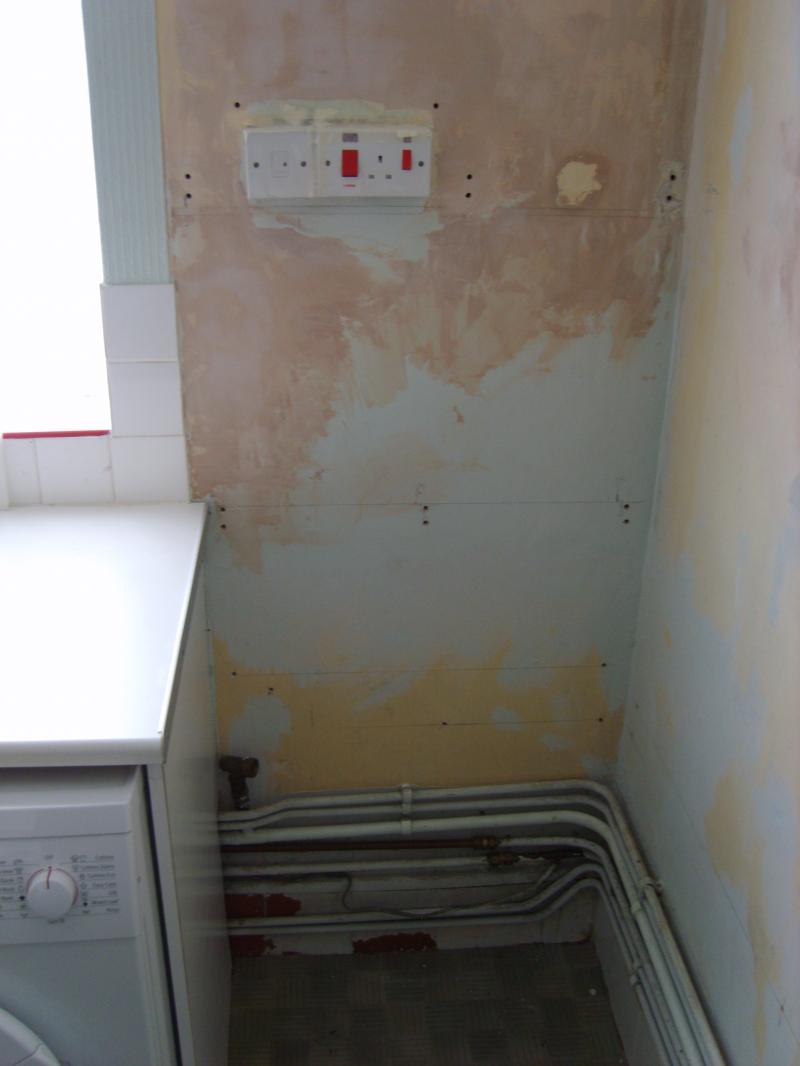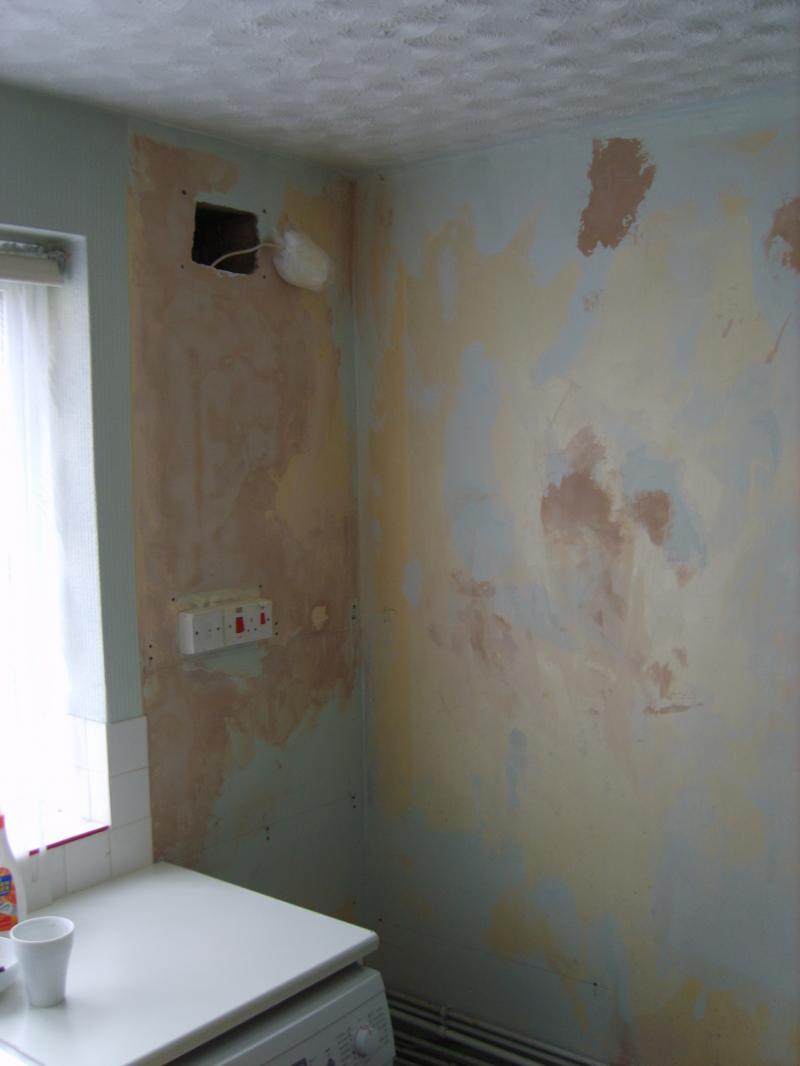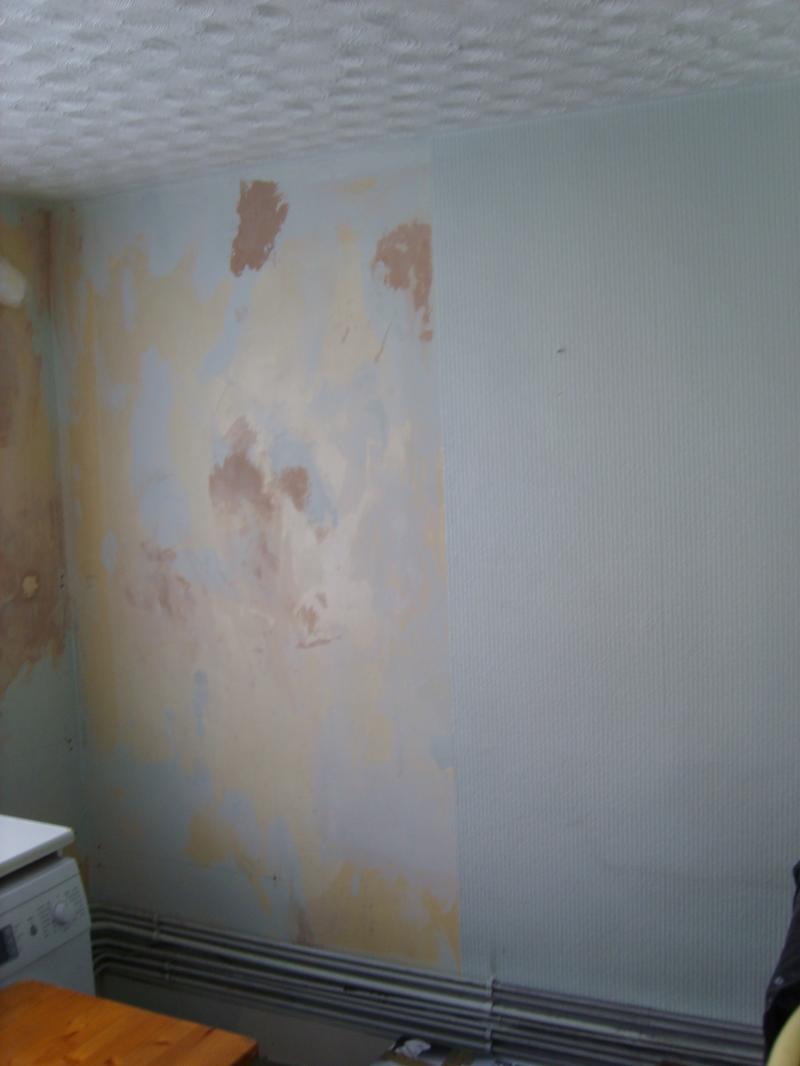Hi,
I'm having a new gas cooker installed, replacing the old gas cooker. I've got a 2 gang cooker switch and plug socket, along with a 5 amp switched FCU (for the extractor fan) located 450mm on the back wall above the cooker and if I've read it correctly, that's no longer allowed (?). I will not plug the gas cooker in that socket but will use an extension lead coming from a different wall socket. All I need is to be able to switch on and off the extractor fan.
If it has to be moved, one problem is I've got a window immediately on the left and since the gas cooker will be standing in a corner, an adjacent wall on the right; so the new socket/switch would have to be quite a distance from the original surface patress box. My question is, is it a job I can do myself or doesl it have to be done by a pro? The location would be quite far away from the kitchen sink.
Thank you.
I'm having a new gas cooker installed, replacing the old gas cooker. I've got a 2 gang cooker switch and plug socket, along with a 5 amp switched FCU (for the extractor fan) located 450mm on the back wall above the cooker and if I've read it correctly, that's no longer allowed (?). I will not plug the gas cooker in that socket but will use an extension lead coming from a different wall socket. All I need is to be able to switch on and off the extractor fan.
If it has to be moved, one problem is I've got a window immediately on the left and since the gas cooker will be standing in a corner, an adjacent wall on the right; so the new socket/switch would have to be quite a distance from the original surface patress box. My question is, is it a job I can do myself or doesl it have to be done by a pro? The location would be quite far away from the kitchen sink.
Thank you.





